How are Bubble Level Vials and Spirit Levels used in detail across various fields?
Bubble Level Vials and Spirit Levels are indispensable tools in various industries due to their precision and reliability. In all these fields, the Bubble Level Vials and Spirit Levels provide an essential reference point, ensuring that structures, systems, or equipment are set up and operating as they should. Their simplicity, reliability, and precision make them invaluable across these diverse applications.
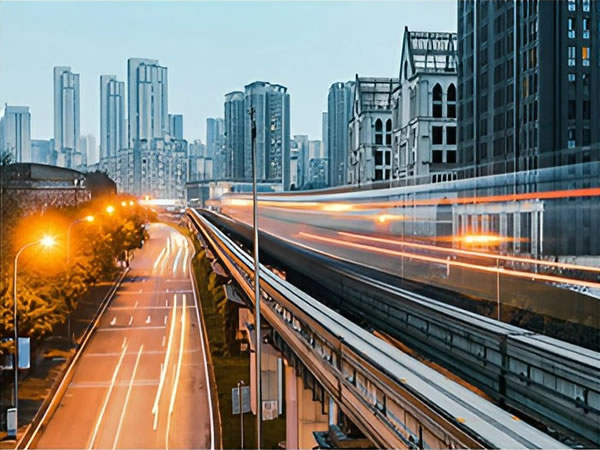
Railway Traffic
Track Laying & Maintenance: Ensuring that the tracks are perfectly level is crucial for the safe and efficient operation of trains. A slight incline or decline over long stretches can affect train speeds and wear patterns. Spirit levels help in ensuring this precision during track laying and subsequent maintenance. Platform Construction: Ensuring that platforms are level, especially where trains meet the platform edge, is vital for passenger safety.
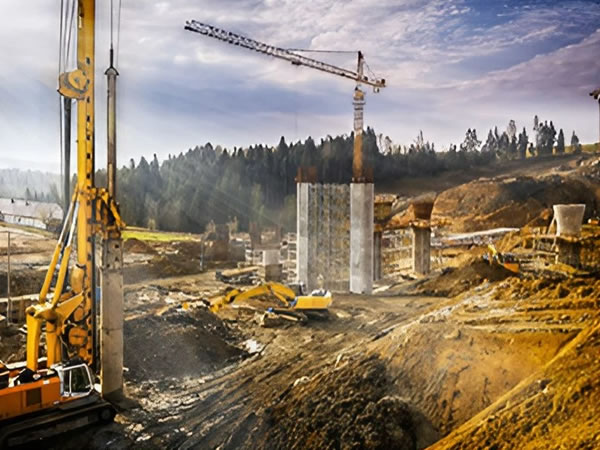
Construction Industry
Foundation Setting: Before any construction begins, it's essential to ensure that the foundation is level. An uneven foundation can lead to structural issues in the future. Wall & Floor Construction: Spirit levels are used to ensure walls are vertically plumb and floors are horizontally level. This ensures the structural integrity and aesthetics of the building. Tiling and Paving: Ensuring tiles and pavers are evenly set and level gives a polished finish to surfaces.Platform Construction: Ensuring that platforms are level, especially where trains meet the platform edge, is vital for passenger safety.
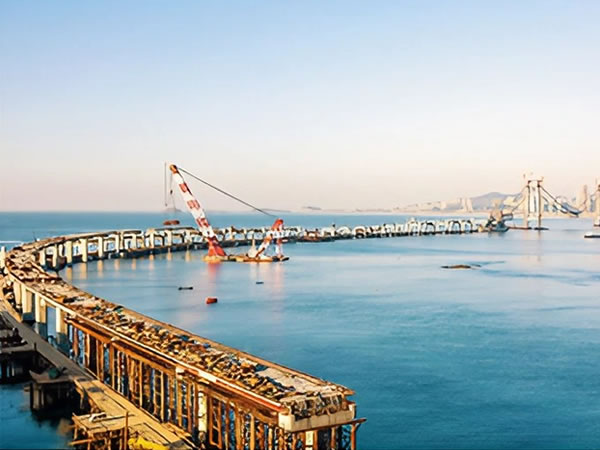
Bridge Project
Pier and Abutment Construction: The vertical elements of a bridge, like piers and abutments, need to be perfectly plumb to support the bridge deck safely. Deck Laying: The roadway or trackway of a bridge must be level or maintain a precise gradient, especially for roads to ensure water runoff and prevent pooling.
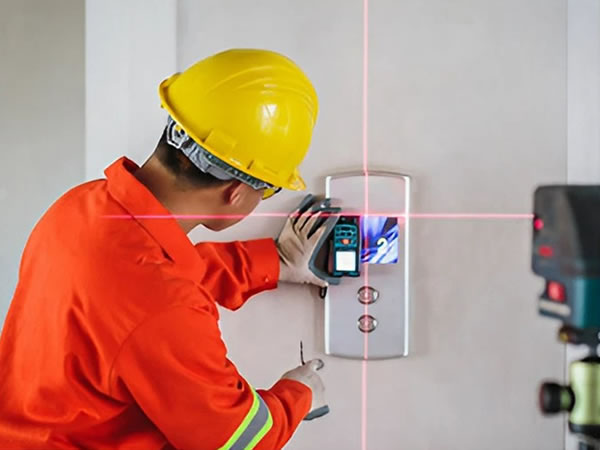
Lift Industry
Lift Shaft Construction: Spirit levels ensure that the lift shaft is perfectly vertical, ensuring the smooth operation of the lift within the shaft. Lift Cabin Installation: For the lift to operate correctly and safely, the cabin and its associated mechanisms need to be perfectly level.
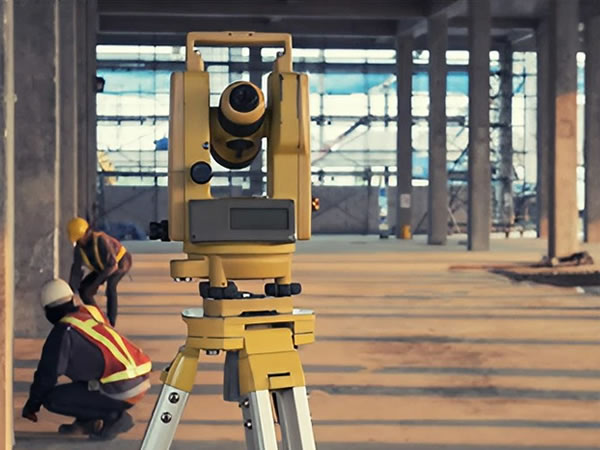
Engineering Surveying
Topographical Surveys: Spirit levels are used to measure height differences and ensure equipment is level when taking readings. Setting Out: Before construction begins on any project, surveyors 'set out' the site. This involves marking out the exact position of structures, and spirit levels are used to ensure precision in these markings.
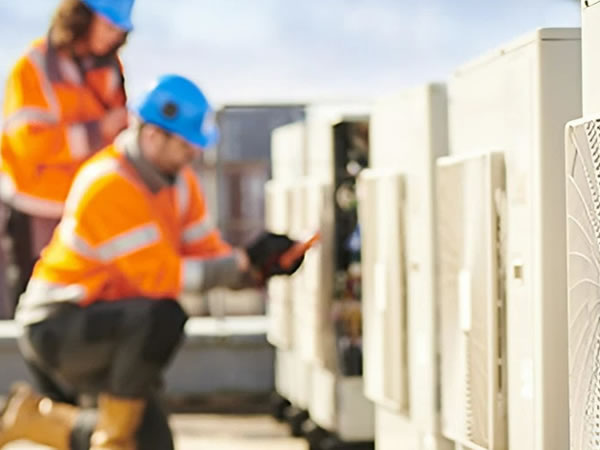
Equipment Installation
Machinery Alignment: For factories and industrial settings, many machines require precise leveling to function correctly. This might be to ensure even distribution of materials, proper flow in pipes, or balance in rotational parts. Calibration: Some precision instruments and equipment require a level surface for calibration. Using a spirit level ensures the equipment starts from a standardized position.
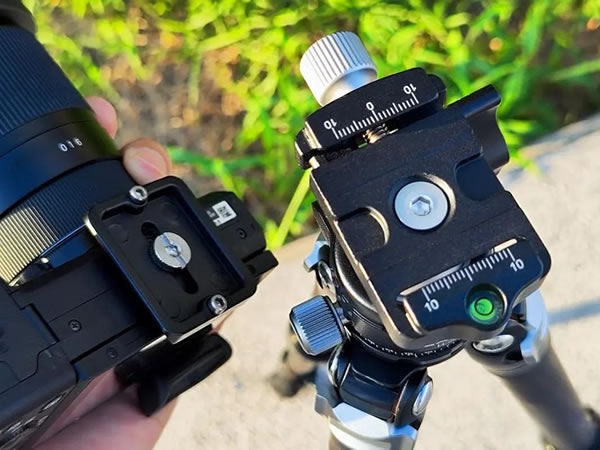
Photography & Filmmaking
Tripod Setup: To capture stable and aligned shots, photographers and videographers use spirit levels on tripods to ensure the camera is level, especially for landscape photography or panoramic shots. Steadicam Balance: For video production, Steadicams or stabilizers need to be perfectly balanced to get smooth footage. Spirit levels aid in achieving this balance.
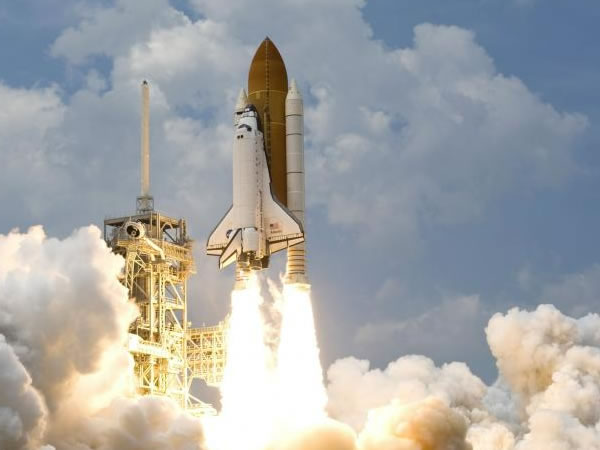
Aeronautics & Aerospace
Aircraft Maintenance & Calibration: Ensuring that an aircraft is level is crucial during maintenance tasks or system calibrations. Spacecraft Assembly: During the assembly of spacecraft or satellites, ensuring components are aligned correctly is vital. Spirit levels aid in such precision tasks.
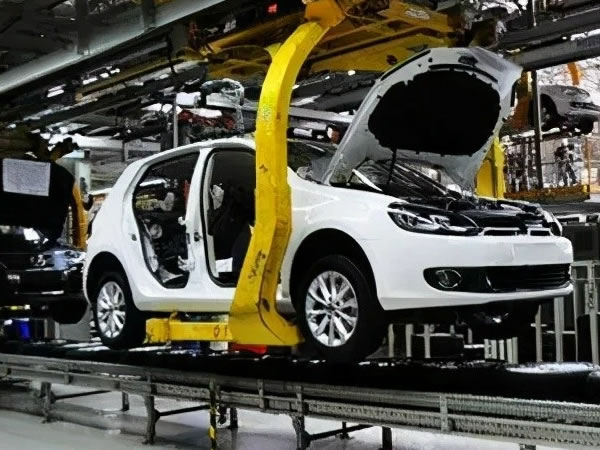
Automobile Industry
Wheel Alignment: While more advanced tools are often used, a spirit level can provide a quick check on the levelness of a vehicle when aligning wheels. Component Installation: Installing components like engines or transmission systems may require precise leveling to ensure proper fit and function.
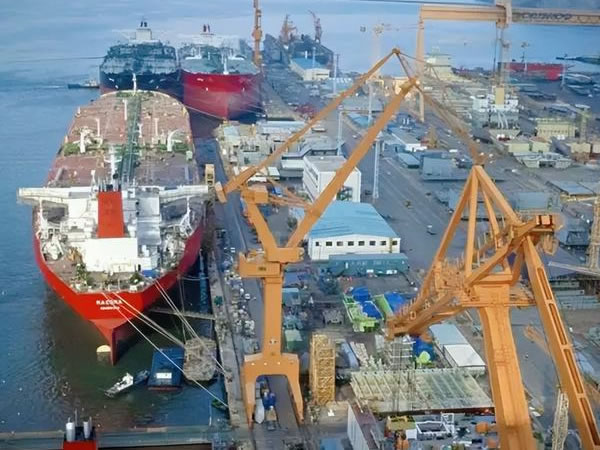
Maritime
Shipbuilding: Ensuring decks are level and components are plumb is vital during ship construction. Dock Construction: When building docks or piers, it's essential to ensure surfaces are level, especially for loading and unloading purposes.


